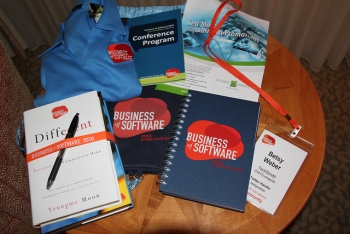Appliance Parts Repair Rules

It is rare when car owners fail to heed the warning signs from their cars when noises start. So why is it that homeowners do not heed warning signs from their household appliances and replace parts when there are warning signs?
Appliance examples such as when your refrigerator door seal starts to come loose, when your oven lets out heat due to a cracked glass pane, or a washer-dryer set up starts to under-perform, leaving you with wet clothes.
Maybe appliance owners need some direction and some guidelines to get the job done. In the handbook of repairing your household appliances with appliance parts, there are key tips that our team can pass along to homeowners.
- Disconnect all electric power and gas supply connections to your appliances before attempting any repairs. It’s important to heed the rule of safety if you’re trying to fix some burnt out parts that aren’t working on major appliances, like washers-dryers, air conditioners and gas heaters. Make sure to disconnect first before you start any appliance diagnosis.
- Determine what you’re capable of fixing on your own with your tools. A good rule of thumb for checking if you can do the repairs yourself is to see if the parts of an appliance are held together with screws, bolts, plugs, and other take-apart fasteners. If they are, you can probably make the repairs yourself. If you see that the parts you need to meddle with are joined together with rivets or welds, then it’s best to punt this one over to a professional service operators for the appliance.
- Do the work yourself and save money. Generally, broken or worn appliance parts can be replaced more quickly than it would be going to a professional service firm. Seek out the model number and find an appliance parts dealer online for the right part, which is usually bought at a fraction of what the service firm might charge. Nine times out of ten, it’s okay to use a similar part for your appliance if fits into space from the previous part. Just remember to check manufacturer’s installation guidelines.
Other useful tips for attempting your own appliance parts repair includes:
- Check for blown fuses for your electrical grids on your major appliances, especially for 220-240-volt appliances like ranges and air conditioners.
- Double check to see that all existing parts that are supposed to work are working. By process of eliminating certain parts, you can see which part is in need of repair. To determine whether an outlet or power cord is working is working, use a voltage tester to test it.
- Always check the reset buttons on outlet switches before attempting any appliance repairs. Sometimes the problem is not the appliance, but a blown outlet switch. Push the reset buttons to restore power to appliances such as washers, dryers, and ranges.
When you are looking for appliance parts for refrigerators, washing machines, dryers, ranges, dishwashers, and ice machines, contact Appliance Parts Company. It’s one of the top online sources for appliance repair parts needs. Check the web page for an affordable part for your malfunctioning appliance.
